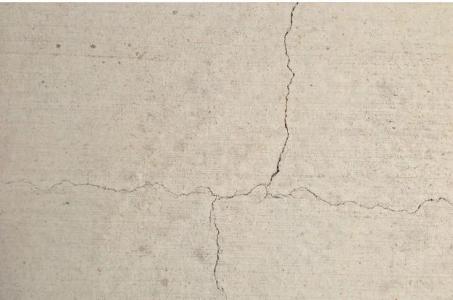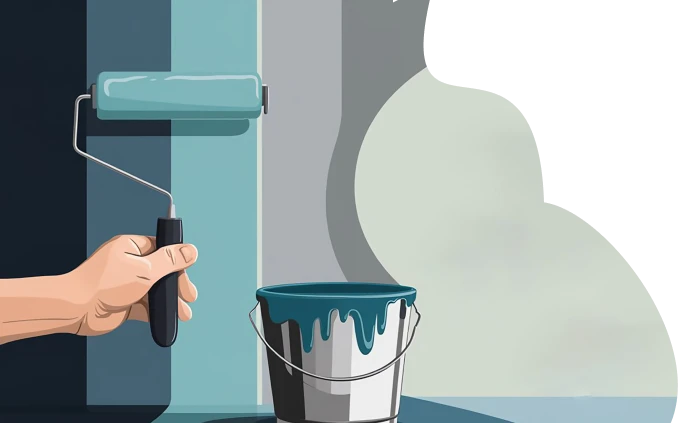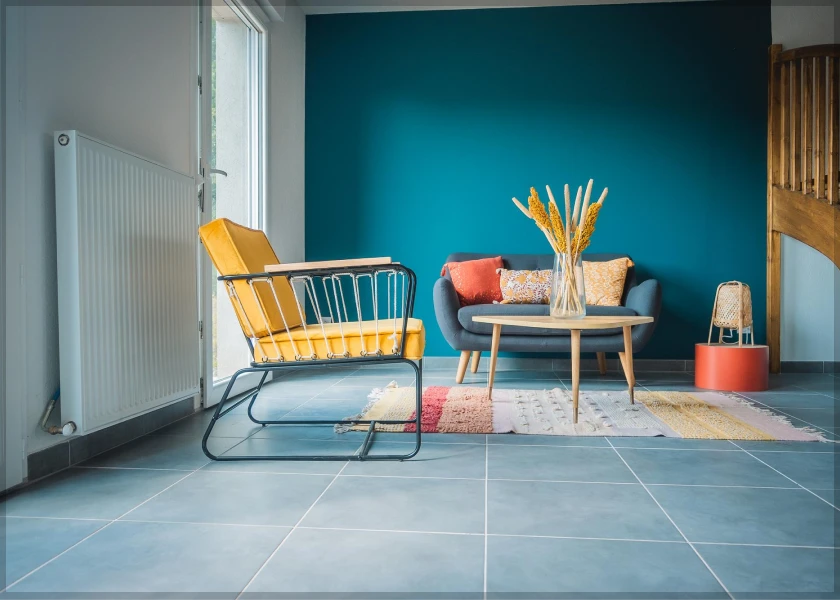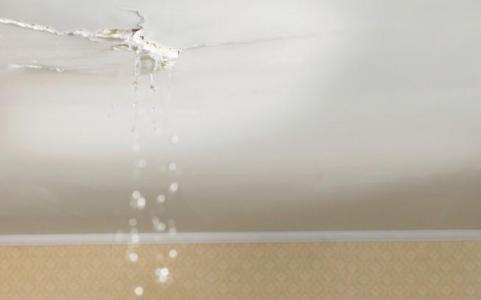

House Waterproofing: Identifying Problems and Effective Solutions
Ritu Soni
|
House Waterproofing Problems and Solutions

Table of Content:
Table of Contents
- Types of House Waterproofing Problems and Solutions
- Cracked Plaster
- Solution forCracked Plaster
- Hairline Cracks Due To Humidity
- Procedure for Filling Cracks With Acrylic Sealant
- Water Leakage Problem From Roof
- Polyurethane Waterproofing
- Blistering Waterproofing
- Solution forBlistering Waterproofing
- Wall Seepage
- Solution for Wall Seepage
- Wall Flaking
- Solution forWall Flaking
- Chalking of Wall Paint
- Solution for Chalking of Wall Paint
- Seelan/ Dampness
- Solutions forSeelan/ Dampness

Unable To Decide Upon a Colour?
Book A Free Wall2Wall Inspection
Self serve
More Posts
Comments
acebuildingmaterials25 days ago
ACE Waterproofing Waterproofing in construction is essential to protect buildings from water damage, structural deterioration, and mold growth. By applying effective barriers and sealants, it ensures longevity, durability, and safety of structures. Proper waterproofing enhances building performance, preserves materials, and reduces maintenance costs, making it a critical step in quality construction practices. https://acebuildingmaterials.com/departments/waterproofing/
trisoultechnologies2024about 2 months ago
Your blog is packed with valuable painting and design insights. I especially liked the post about creative wall styling and the deep dive into duco painting techniques. The mix of aesthetic ideas and practical tips is just what many homeowners would be searching for. Excellent content. For more info visit our official website https://trisoultechnologies.com/or contact us @+91 810 563 4002
trisoultechnologies20243 months ago
Hi, Welcome to Trisoul Technologies, A, Leading name in waterproofing, epoxy waterproofing, and waterproof coating solutions, delivering long-lasting protection for homes, offices, and industrial structures. Our expert team ensures precision application using advanced materials and techniques to safeguard your property from water damage. Choose Trisoul for reliable, high-quality waterproofing services that stand the test of time. Call us @8105634002 for Immediate Services.
trisoultechnologies20243 months ago
Hi, Welcome to Trisoul Technologies, A, Leading name in waterproofing, epoxy waterproofing, and waterproof coating solutions, delivering long-lasting protection for homes, offices, and industrial structures. Our expert team ensures precision application using advanced materials and techniques to safeguard your property from water damage. Choose Trisoul for reliable, high-quality waterproofing services that stand the test of time. Call us @8105634002 for Immediate Services.
trisoultechnologies20243 months ago
Hi, Welcome to Trisoul Technologies, A, Leading name in waterproofing, epoxy waterproofing, and waterproof coating solutions, delivering long-lasting protection for homes, offices, and industrial structures. Our expert team ensures precision application using advanced materials and techniques to safeguard your property from water damage. Choose Trisoul for reliable, high-quality waterproofing services that stand the test of time. Call us @8105634002 for Immediate Services.

Lightning Deal
Upto 25% off on Home Painting
Create your dream home with our painting experts
Fill the form below to book a free site evaluation by a Beautiful Homes Painting Service expert.
Recent Posts
Categories
- Interior Design
- Interior Painting
- Texture Painting
- Stencil Painting
- Exterior Painting
- Rental Painting
- Metal Paint
- Wood Paint
- Our Recent Projects
- Problems faced while painting
- Exterior Design
- Deep Cleaning
- Waterproofing Solutions
- Home Painting
- False Ceiling
- Primer
- Distemper
- Paint Products
- Festival Special
- Colour Consultancy
- Design Painting
- Home Decor Special
- Home Painting Tools and Techniques
- House Wallpaper
- Commercial Painting






